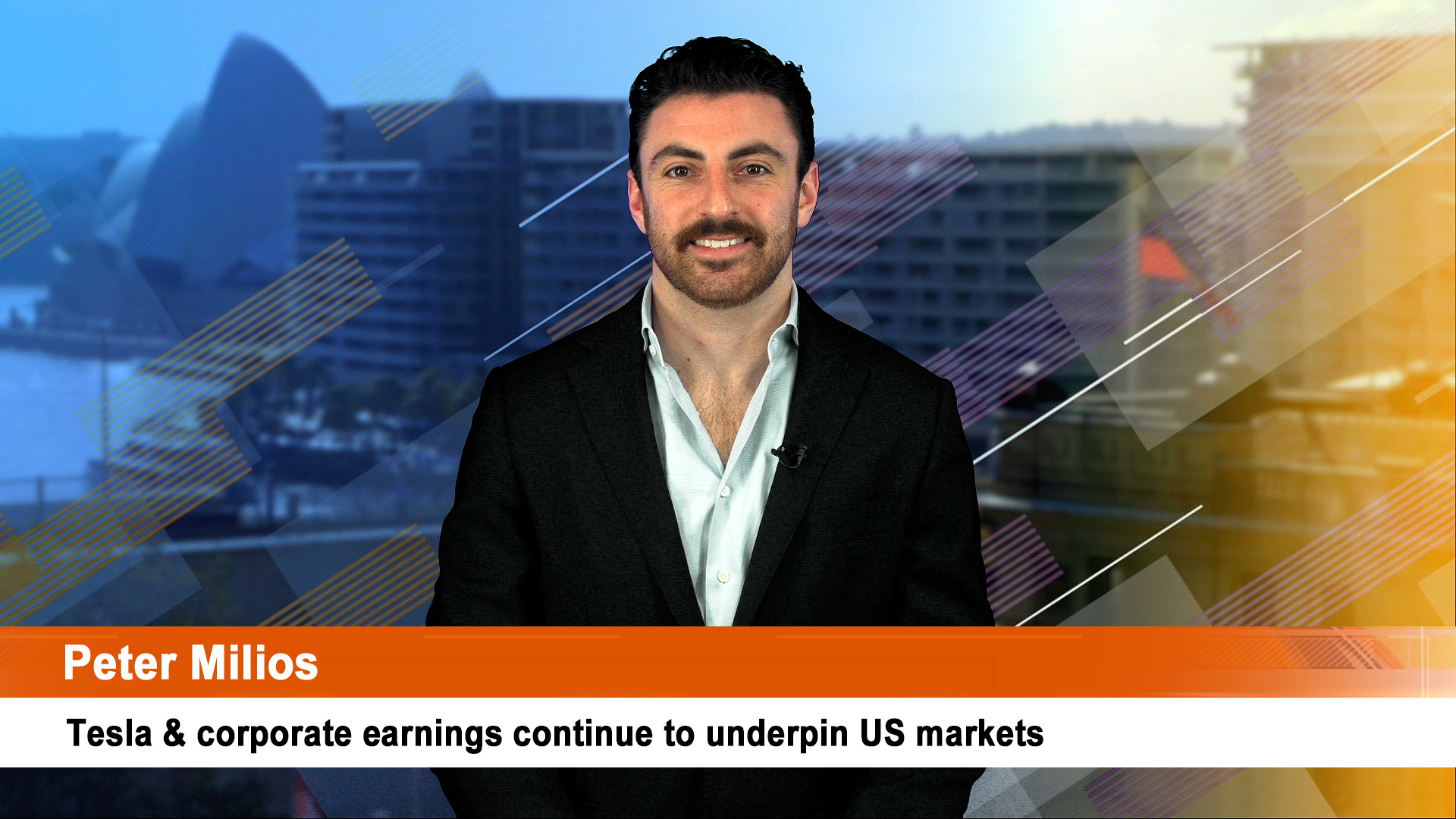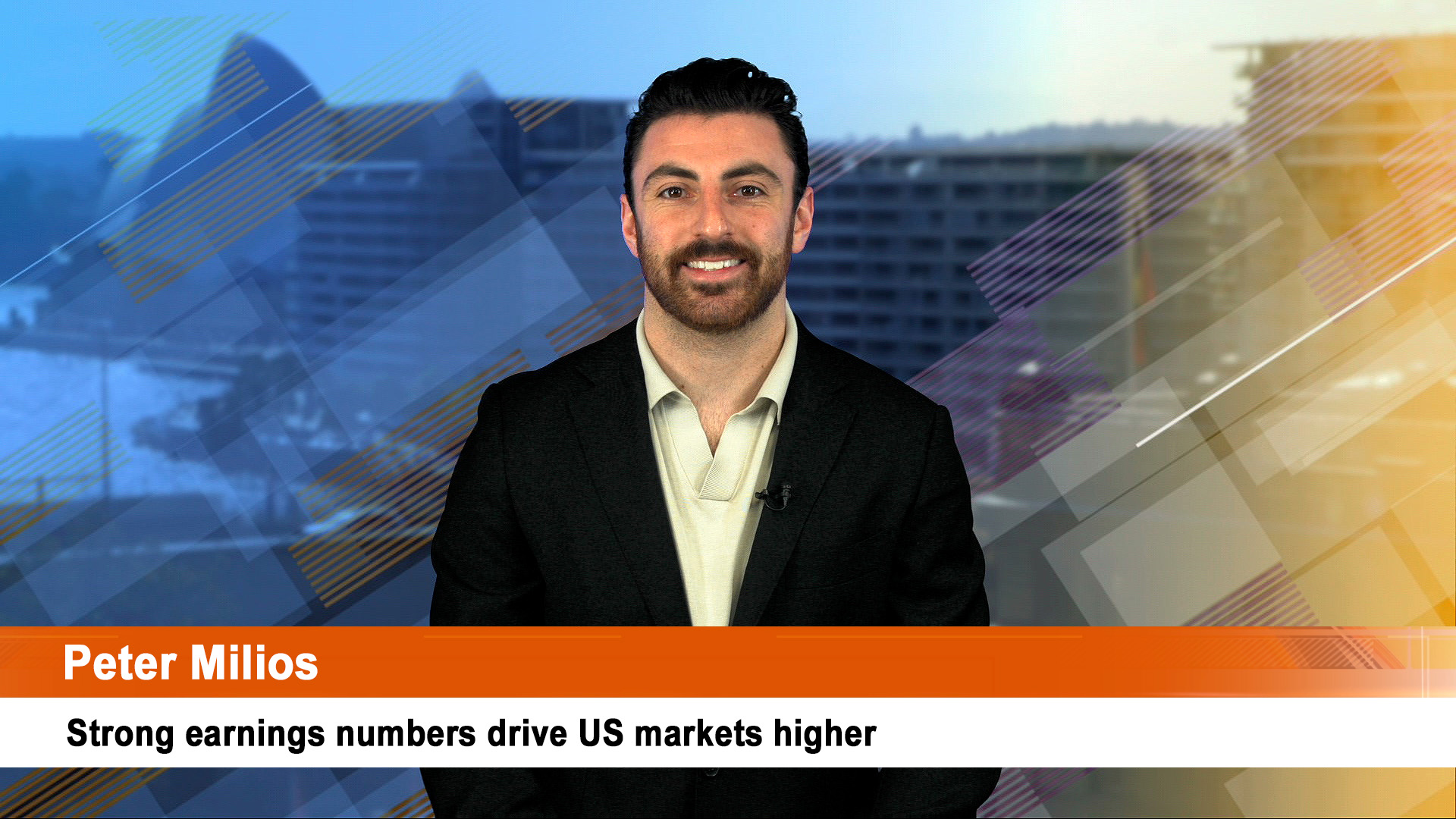Just over two weeks of a very eventful 2020 to go and still no slowing in the flow of influential news and data points. The impact of the COVID-19 pandemic has made even the most routine of figures important – such as inflation, or jobs openings, while corporate results and future projections remain opaque.
On top of this even though Sunday’s deadline has been extended into this week there’s still the prospect of dislocation caused by a likely no trade deal exit from the EU for the UK.
The economic and social impact of COVID and the UK’s Brexit issues will dominate discussions at 10 central banks meetings around the world, led in importance by the US Federal Reserve. Other central banks will meet in Japan and the UK, as well as in Russia, Switzerland, Norway, the Czech Republic, the Philippines, Indonesia, and Mexico.
Central bankers will be looking to balance what was a brightening economic outlook against the sweeping waves of coronavirus infections which are starting to overcome the optimism generated by news of successful trials of COVID-19 vaccines.
Up to the recent rapid rise in new cases in Europe, the US, parts of Asia, the Middle East, central and southern America, prospects for 2021 were looking brighter – but not now.
In the US Donald Trump and his Republican cronies are damaging confidence and the country’s standing by trying to subvert the results of the election and his massive defeat.
Some investors still worry about inflation because of the huge spending by governments and central banks, but huge stimulus spending in and after the GFC (and in Japan for the past 30 years) has had little or no impact on inflation in the short, medium or longer term.
Central banks want inflation to start rising because that will be a sign their economies are starting to revive and reduce surplus capacity, close the output gap and hopefully trigger a recovery in wages.
Most equity analysts around the world do not understand the deadening effect of surplus capacity on a whole range of activity across an economy.
This week the focus will be on the Fed (Wednesday) which is expected to provide more dovish guidance around its quantitative easing program.
There’s the usual quarterly media conference (virtual) for Fed chair, Jay Powell and a new set of forecasts, with the focus to be on the range of forecasts for US interest rates (the so-called Dot Plot).
That more than any other comment or forecast from the Fed will dominate markets – up to the surge in COVID cases in the past three weeks, the thinking was the dot plot would so a rise in rates late in 2021 or early 2022. That could now be pushed well out into 2022.
The Bank of Japan meeting will be routine, but the Bank of England will be fraught with the no-trade hard exit Brexit deal still very likely even after the extension of the trade deal talks. There’s no new deadline, but at some stage, the talks will have to end.
On the US data front, the AMP’s Chief Economist, Shane Oliver says we can expect somewhat softer readings for December New York and Philadelphia regional manufacturing indexes (due Tuesday and Thursday) along with business conditions PMIs (Wednesday) due to increasing lockdowns, a modest rise in industrial production (also Tuesday), a slight fall in November headline retail sales due to lower auto sales and a still very strong NAHB homebuilder conditions index (both Wednesday) but still strong housing starts (Thursday).
Besides Australia, Japan, and the US, mid-month surveys of Eurozone business conditions will be issued on Wednesday and are likely to stabilise after recent sharp falls.
As well as the Bank of Japan meeting on Friday, there’s also the Tankan business conditions survey for the December quarter later today and then the December business conditions survey on Wednesday. Dr Oliver says the Consumer Price Index figures on Friday is likely to show ongoing deflation in Japan.
Chinese economic activity data for November Tuesday is expected to show a further acceleration in the rate of growth in industrial production, retail sales and investment, according to Dr Oliver. watch in particular the data on crude steel production, as well as cement and electricity to give us a good sense of the expansion in the economy and investment spending.
In Australia, we have the Federal Government’s Mid-Year Economic and Fiscal Outlook which is due to be released later this week. Dr Oliver says it is likely to see an upgrade to the growth outlook and a downgrade to the budget deficit projections reflecting stronger revenue flows and slightly less emergency spending than expected in the Budget.
As well there’s tomorrow’s release of the minutes from the RBA’s last board meeting of the year and the November jobless and employment data on Thursday. After the record 179,000 new jobs in October, Dr Oliver says November will see a flat month.
Weekly payroll jobs data will also be released on Tuesday.
ANZ Bank and National Bank hold their AGMs, as do Elders, Incitec Pivot and Nufarm.
All three rural groups should provide encouraging updates thanks to the breaking of the drought and good rains in recent weeks.
Across the Tasman, New Zealand will release its September quarter GDP result on Wednesday.













